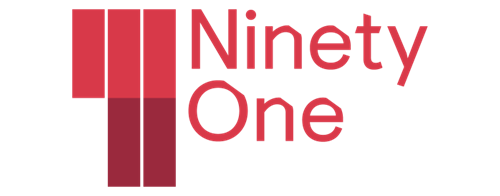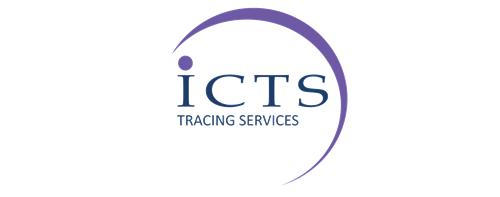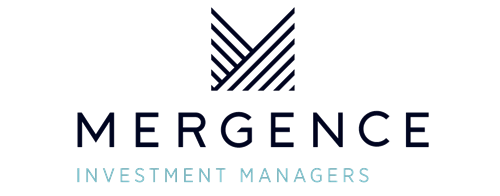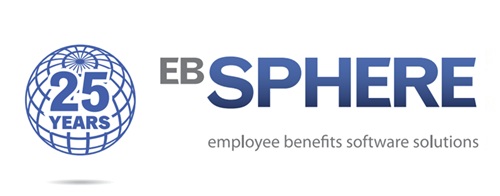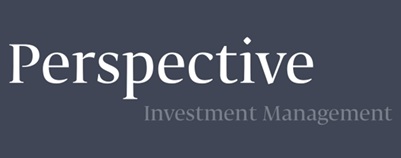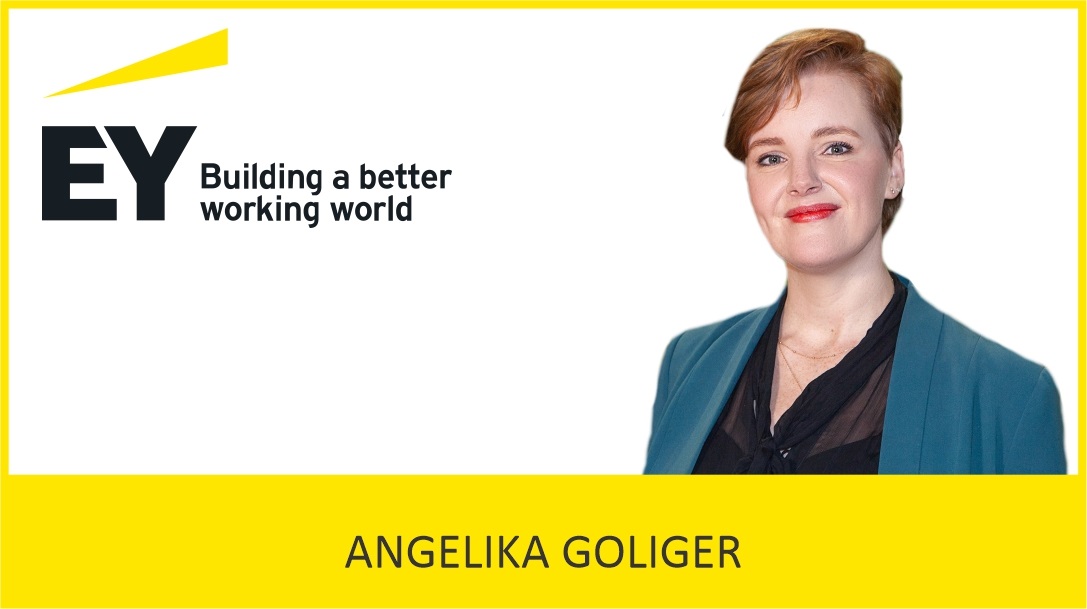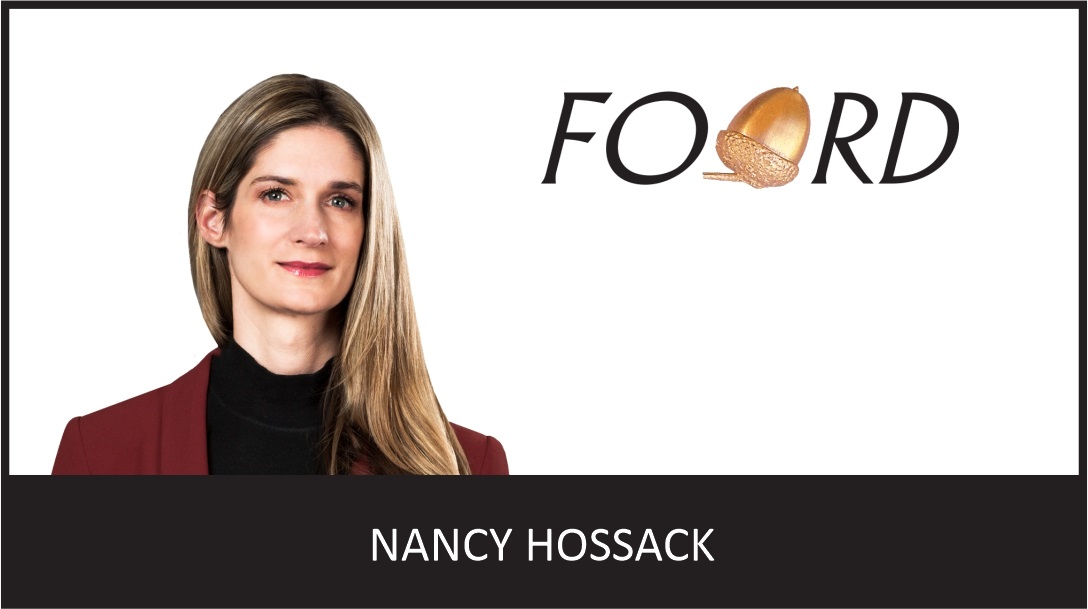Angelika Goliger, Chief Africa Economist at EY
South Africa’s economy demonstrated a broad-based recovery in the second quarter of 2025, with a 0.8% GDP growth, accelerating from the 0.1% increase recorded in the previous quarter.
“This positive momentum was largely spearheaded by robust performances in the manufacturing and mining sectors, alongside an uptick in retail and vehicle sales,” said EY’s Chief Africa Economist, Angelika Goliger.
Manufacturing output expanded by 1.8% in Q2, contributing 0.2 percentage points to GDP, supported by strong performance in petroleum, chemicals, and motor vehicles.
The mining sector surged by 3.7%, driven by platinum group metals, gold, and chromium ore. Overall, mining output grew by 2.4% year-on-year in June and 3.9% quarter-on-quarter in Q2 2025. Gold prices, trading near USD 3,476 per ounce, continue to benefit from geopolitical tensions, reinforcing its safe-haven appeal and supporting South Africa’s gold exports.
“Consumer inflation edged higher in July, reaching 3.5% year-on-year, its highest level since September 2024, primarily due to elevated food and non-alcoholic beverage prices, which climbed to 5.7% year-on-year. Beef prices increased by 28.8% over the year, and vegetable inflation quickened to 14.6%.
“Despite this, headline inflation remained within the South African Reserve Bank’s (SARB) 3%-6% target range, with underlying price pressures remaining contained. The SARB and National Treasury are concluding technical evaluations on potentially narrowing this target range,” Goliger noted. Looking to this week’s Monetary Policy Committee announcement on Thursday, while another rate cut of 25bps following the cut in July could happen, Goliger expects the MPC to keep the interest rate as is.
The South African Rand displayed resilience, strengthening during August to R17.59 per US Dollar from R18.29 a month earlier, supported by robust gold demand, a softer US dollar, and market expectations of a US Fed rate cut.
Bond yields also improved, with the 10-year government bond yield easing to 9.57% in September, reflecting sustained moderate inflation and strong gold demand.
Said Goliger: “The domestic automotive sector showcased significant strength, with new vehicle sales rising by 18.7% year-on-year in August, marking the eleventh consecutive month of gains. This growth was led by passenger cars and light commercial vehicles, driven by easing financial conditions and strong local momentum.”
However, the global economic landscape continues to present downside risks.
The Absa PMI weakened to 49.5 in August, slipping back into contractionary territory due to softer global demand and rising uncertainty, compounded by increased competition from cheaper imports. Geopolitical tensions, tighter financial conditions, and trade disputes, including an ongoing legal challenge to US “reciprocal” tariffs, are expected to continue weighing on the outlook. Although a court ruling deemed these tariffs illegal, they remain in effect until October 14, pending appeal.
The removal of these tariffs could provide some relief, but other Section 232 tariffs on automotives, aluminium, and steel will continue to be levied on South African imports, presenting a negative overall effect on GDP and employment.
“Looking ahead, while global uncertainty is expected to persist, South Africa’s economy demonstrates a capacity for recovery, underpinned by domestic demand and resilient key sectors.
“Continued vigilance remains essential in navigating external headwinds,” Goliger concluded.
ENDS














